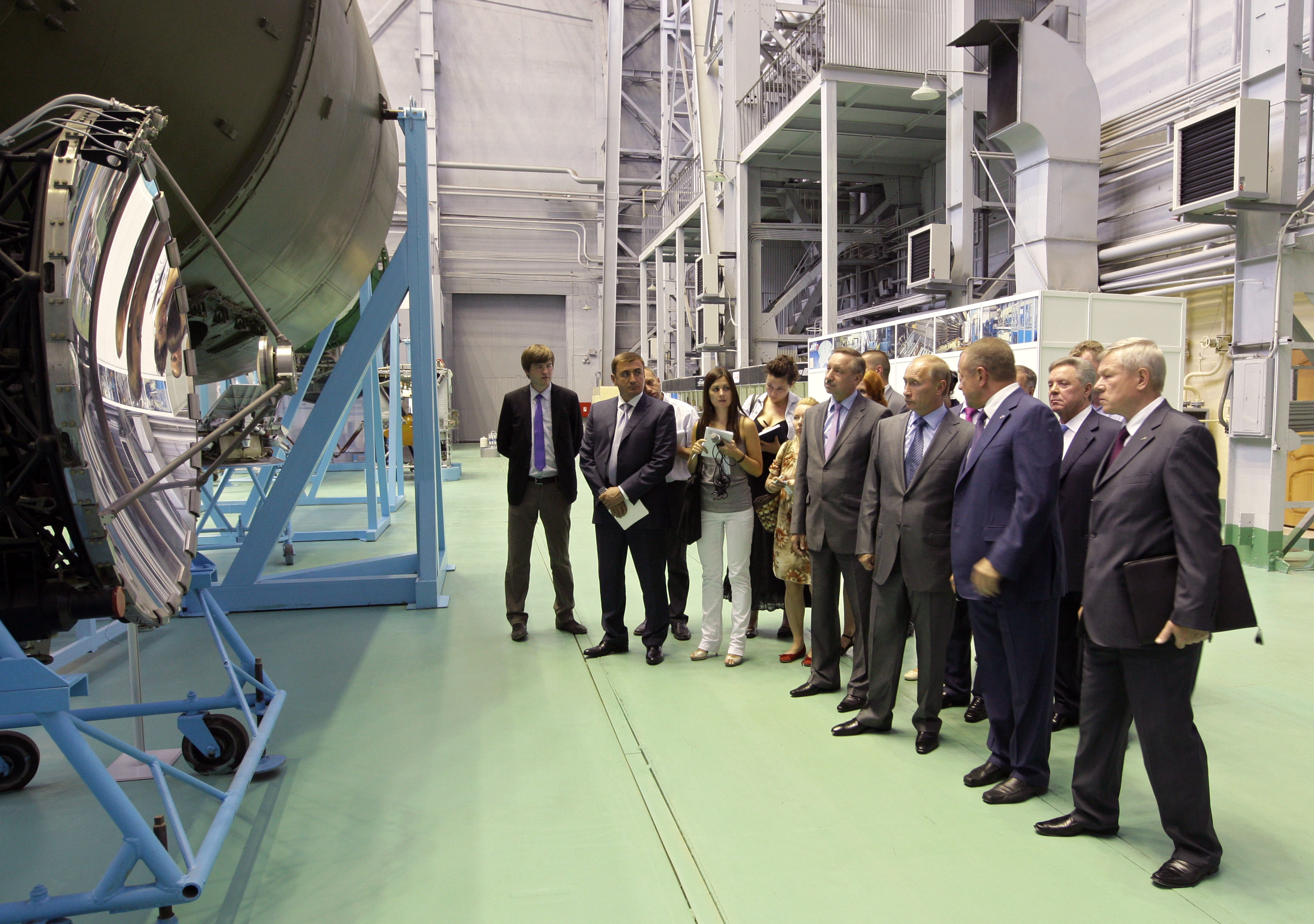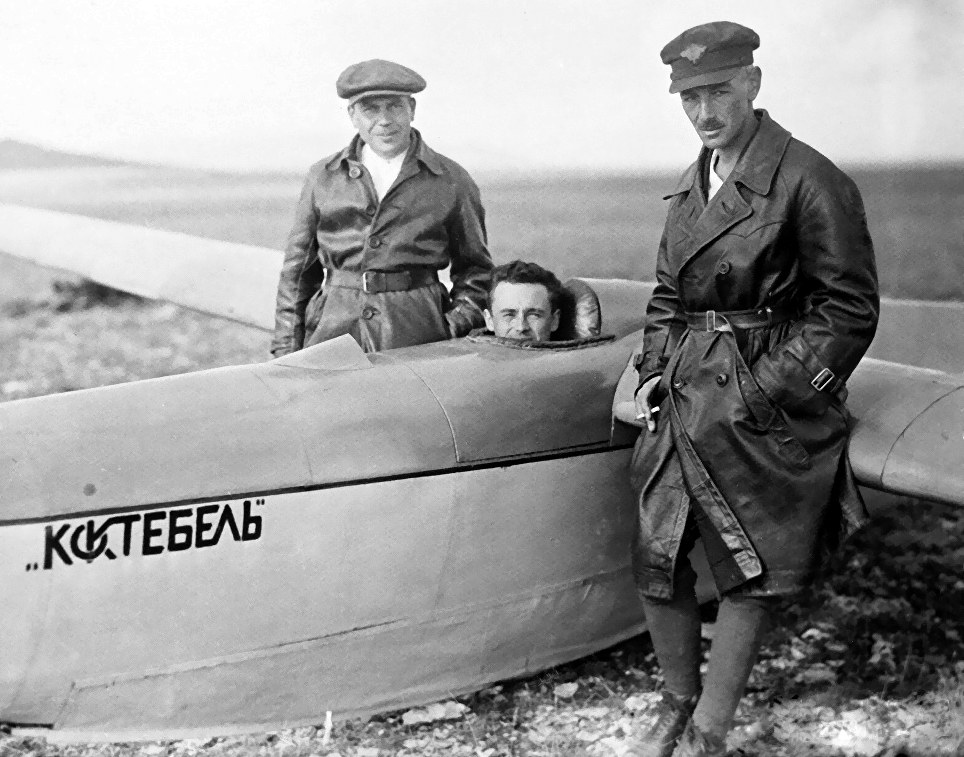|
Proton Satellite
Proton () ('proton') was a Soviet series of four cosmic ray and elementary particle detecting satellites. Orbited 1965–68, three on test flights of the UR-500 ICBM and one on a Proton-K rocket, all four satellites completed their missions successfully, the last reentering the Earth's atmosphere in 1969. Background The Proton satellites were heavy automated laboratories launched 1965–68 to study high energy particles and cosmic rays. These satellites were built to utilize the test launches of the UR-500, a heavy two-stage ICBM designed by Vladimir Chelomey's OKB-52 to carry a 100-megaton nuclear payload. Each Proton was housed in a purpose-built third stage added to the UR-500 stack. Spacecraft design Protons 1–3 were largely identical craft massing , with scientific packages developed under the supervision of Academician Sergey Nikolayevich Vernov of Moscow State University's Scientific-Research Institute of Nuclear Physics. Experiments included a gamma-ray telesc ... [...More Info...] [...Related Items...] OR: [Wikipedia] [Google] [Baidu] |
Astronomy
Astronomy is a natural science that studies celestial objects and the phenomena that occur in the cosmos. It uses mathematics, physics, and chemistry in order to explain their origin and their overall evolution. Objects of interest include planets, natural satellite, moons, stars, nebulae, galaxy, galaxies, meteoroids, asteroids, and comets. Relevant phenomena include supernova explosions, gamma ray bursts, quasars, blazars, pulsars, and cosmic microwave background radiation. More generally, astronomy studies everything that originates beyond atmosphere of Earth, Earth's atmosphere. Cosmology is a branch of astronomy that studies the universe as a whole. Astronomy is one of the oldest natural sciences. The early civilizations in recorded history made methodical observations of the night sky. These include the Egyptian astronomy, Egyptians, Babylonian astronomy, Babylonians, Greek astronomy, Greeks, Indian astronomy, Indians, Chinese astronomy, Chinese, Maya civilization, M ... [...More Info...] [...Related Items...] OR: [Wikipedia] [Google] [Baidu] |
Cherenkov Radiation
Cherenkov radiation () is electromagnetic radiation emitted when a charged particle (such as an electron) passes through a dielectric medium (such as distilled water) at a speed greater than the phase velocity (speed of propagation of a wavefront in a medium) of light in that medium. A classic example of Cherenkov radiation is the characteristic blue glow of an underwater nuclear reactor. Its cause is similar to the cause of a sonic boom, the sharp sound heard when faster-than-sound movement occurs. The phenomenon is named after Soviet physicist Pavel Cherenkov. History The radiation is named after the Soviet scientist Pavel Cherenkov, the 1958 Nobel Prize winner, who was the first to detect it experimentally under the supervision of Sergey Vavilov at the Lebedev Institute in 1934. Therefore, it is also known as Vavilov–Cherenkov radiation. Cherenkov saw a faint bluish light around a radioactive preparation in water during experiments. His doctorate thesis was on lumin ... [...More Info...] [...Related Items...] OR: [Wikipedia] [Google] [Baidu] |
Vostok (spacecraft)
Vostok (, translated as "East") was a class of single-pilot crewed spacecraft built by the Soviet Union. The first human spaceflight was accomplished with Vostok 1 on Cosmonautics Day, April 12, 1961, by Soviet cosmonaut Yuri Gagarin. The Vostok programme made six crewed spaceflights from 1961 through 1963. This was followed in 1964 and 1965 by two flights of Vostok spacecraft modified for up to three pilots, identified as Voskhod (spacecraft), Voskhod. By the late 1960s, these were replaced with Soyuz (spacecraft), Soyuz spacecraft, which are still used . Development The Vostok spacecraft was originally designed for use both as a camera platform (for the Soviet Union's first spy satellite program, Zenit spy satellite, Zenit) and as a crewed spacecraft. This dual-use design was crucial in gaining Communist Party of the Soviet Union, Communist Party support for the program. The basic Vostok design has remained in use for some 40 years, gradually adapted for a range of other uncr ... [...More Info...] [...Related Items...] OR: [Wikipedia] [Google] [Baidu] |
Sputnik
Sputnik 1 (, , ''Satellite 1''), sometimes referred to as simply Sputnik, was the first artificial Earth satellite. It was launched into an elliptical low Earth orbit by the Soviet Union on 4 October 1957 as part of the Soviet space program. It sent a radio signal back to Earth for three weeks before its three silver-zinc batteries became depleted. Aerodynamic drag caused it to fall back into the atmosphere on 4 January 1958. It was a polished metal sphere in diameter with four external radio antennas to broadcast radio pulses. Its radio signal was easily detectable by amateur radio operators, and the 65° orbital inclination made its flight path cover virtually the entire inhabited Earth. The satellite's success was unanticipated by the United States. This precipitated the American Sputnik crisis and triggered the Space Race. The launch was the beginning of a new era of political, military, technological, and scientific developments. The word ''sputnik'' is Russian for ... [...More Info...] [...Related Items...] OR: [Wikipedia] [Google] [Baidu] |
OKB-1
S.P. Korolev Rocket and Space Corporation "Energia" () is a Russian manufacturer of spacecraft and space station components. Its name is derived from the Russian word for energy and is also named for Sergei Korolev, Sergei Pavlovich Korolev, the first chief of its design bureau and the driving force behind early Soviet accomplishments in space exploration. Overview Energia is the largest company of the Russian space industry and one of its key players. It is responsible for all operations involving human spaceflight and is the lead developer of the Soyuz (spacecraft), Soyuz and Progress (spacecraft), Progress spacecraft, and the lead developer of the Russian end of the International Space Station (ISS). In the mid-2000s, the company employed 22,000–30,000 people. The enterprise has been awarded 4 Order of Lenin, Orders of Lenin, Order of the October Revolution and Russian Federation President's Message of Thanks. In addition, 14 cosmonauts employed by the company have been ... [...More Info...] [...Related Items...] OR: [Wikipedia] [Google] [Baidu] |
Sergei Korolev
Sergei Pavlovich Korolev (14 January 1966) was the lead Soviet Aerospace engineering, rocket engineer and spacecraft designer during the Space Race between the United States and the Soviet Union in the 1950s and 1960s. He invented the R-7 Semyorka, R-7 Rocket, Sputnik 1, and was involved in the launching of Laika, Sputnik 3, the first luna 2, human-made object to make contact with another celestial body, Soviet space dogs#Belka and Strelka, Belka and Strelka, the first human being, Yuri Gagarin, into space, Voskhod 1, and the first person, Alexei Leonov, to conduct a Voskhod 2, spacewalk. Although Korolev trained as an aircraft designer, his greatest strengths proved to be in design integration, organization and strategic planning. Arrested on a false official charge as a "member of an anti-Soviet counter-revolutionary organization" (which would later be reduced to "saboteur of military technology"), he was imprisoned in 1938 for almost six years, including a few months in a K ... [...More Info...] [...Related Items...] OR: [Wikipedia] [Google] [Baidu] |
Zond Program
Zond () was the name given to two distinct series of Soviet robotic spacecraft launched between 1964 and 1970. The first series, based on the 3MV planetary probe, was intended to gather information about nearby planets. The second series of test spacecraft was intended as a precursor to remote-controlled robotic circumlunar loop flights, using a stripped-down variant of Soyuz spacecraft, consisting of the service and descent modules, but lacking the orbital module. Two tortoises and other lifeforms aboard Zond 5 were the first terrestrial organisms to travel around the Moon and return to Earth. Missions based on the 3MV planetary probe The first three missions were based on the model 3MV planetary probe, intended to explore Venus and Mars. After two failures, Zond 3 was sent on a test mission, becoming the second spacecraft to photograph the far side of the Moon (after Luna 3). It then continued out to the orbit of Mars in order to test telemetry and spacecraft syste ... [...More Info...] [...Related Items...] OR: [Wikipedia] [Google] [Baidu] |
Gemini 11
Gemini 11 (officially Gemini XI) With Gemini IV, NASA changed to Roman numerals for Gemini mission designations. was the ninth crewed spaceflight mission of NASA's Project Gemini, which flew from September 12 to 15, 1966. It was the 17th crewed American flight and the 25th spaceflight to that time (includes X-15 flights over 100 kilometers (62 mi; 54 nmi)). Astronauts Pete Conrad and Dick Gordon performed the first direct-ascent (first orbit) rendezvous with an Agena Target Vehicle, docking with it 1 hour 34 minutes after launch; used the Agena rocket engine to achieve a record high- apogee Earth orbit; and created a small amount of artificial gravity by spinning the two spacecraft connected by a tether. Gordon also performed two extra-vehicular activities for a total of 2 hours 41 minutes. Crew Backup crew Support crew * Clifton C. Williams Jr. (Cape CAPCOM) * John W. Young (Houston CAPCOM) * Alan L. Bean (Houston CAPCOM) Mission parameters *Mass: ... [...More Info...] [...Related Items...] OR: [Wikipedia] [Google] [Baidu] |
Indian Ocean
The Indian Ocean is the third-largest of the world's five oceanic divisions, covering or approximately 20% of the water area of Earth#Surface, Earth's surface. It is bounded by Asia to the north, Africa to the west and Australia (continent), Australia to the east. To the south it is bounded by the Southern Ocean or Antarctica, depending on the definition in use. The Indian Ocean has large marginal or regional seas, including the Andaman Sea, the Arabian Sea, the Bay of Bengal, and the Laccadive Sea. Geologically, the Indian Ocean is the youngest of the oceans, and it has distinct features such as narrow continental shelf, continental shelves. Its average depth is 3,741 m. It is the warmest ocean, with a significant impact on global climate due to its interaction with the atmosphere. Its waters are affected by the Indian Ocean Walker circulation, resulting in unique oceanic currents and upwelling patterns. The Indian Ocean is ecologically diverse, with important ecosystems such ... [...More Info...] [...Related Items...] OR: [Wikipedia] [Google] [Baidu] |
Nitrogen Tetroxide
Dinitrogen tetroxide, commonly referred to as nitrogen tetroxide (NTO), and occasionally (usually among ex-USSR/Russian rocket engineers) as amyl, is the chemical compound N2O4. It is a useful reagent in chemical synthesis. It forms an equilibrium mixture with nitrogen dioxide. Its molar mass is 92.011 g/mol. Dinitrogen tetroxide is a powerful oxidizer that is hypergolic (spontaneously reacts) upon contact with various forms of hydrazine, which has made the pair a common bipropellant for rockets. Structure and properties Dinitrogen tetroxide could be regarded as two nitro groups (-NO2) bonded together. It forms an equilibrium mixture with nitrogen dioxide. The molecule is planar with an N-N bond distance of 1.78Å and N-O distances of 1.19Å. The N-N distance corresponds to a weak bond, since it is significantly longer than the average N-N single bond length of 1.45Å. This exceptionally weak σ bond (amounting to overlapping of the ''sp''2 hybrid orbitals of the two NO2 units) ... [...More Info...] [...Related Items...] OR: [Wikipedia] [Google] [Baidu] |
Spacecraft Attitude Control
Spacecraft attitude control is the process of controlling the orientation of a spacecraft (vehicle or satellite) with respect to an inertial frame of reference or another entity such as the celestial sphere, certain fields, and nearby objects, etc. Controlling vehicle attitude requires actuators to apply the torques needed to orient the vehicle to a desired attitude, and algorithms to command the actuators based on the current attitude and specification of a desired attitude. Before and during attitude control can be performed, spacecraft attitude determination must be performed, which requires sensors for absolute or relative measurement. The broader integrated field that studies the combination of sensors, actuators and algorithms is called ''guidance, navigation and control'', which also involves non-attitude concepts, such as position determination and navigation. Motivation A spacecraft's attitude must typically be stabilized and controlled for a variety of reasons. It ... [...More Info...] [...Related Items...] OR: [Wikipedia] [Google] [Baidu] |









